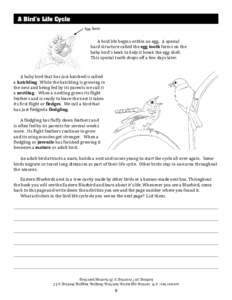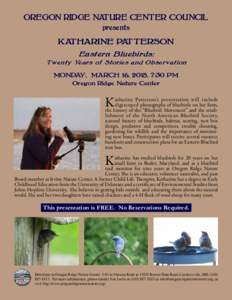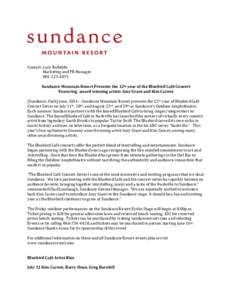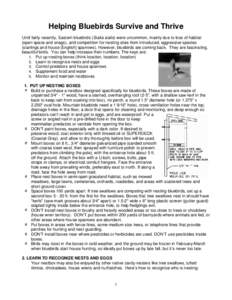<--- Back to Details
| First Page | Document Content | |
|---|---|---|
 Date: 2012-07-19 17:15:12Northern Mockingbird Carolina Wren Wren Graph Mockingbird Western Meadowlark Mountain Bluebird Willow Ptarmigan American Goldfinch Passerida Cactus Wren Campylorhynchus |
Add to Reading List |
 By Eric Proctor Key Words:
By Eric Proctor Key Words:


